A Theatrical Encounter with Refugee Youth, Summer 2016
Junges Theater Augsburg, Kresslesmühle, Augsburg
Director: Susanne Reng
Assistant directors: Simone Zillhard, Ramadan Ali
Video & sound installations: EKH
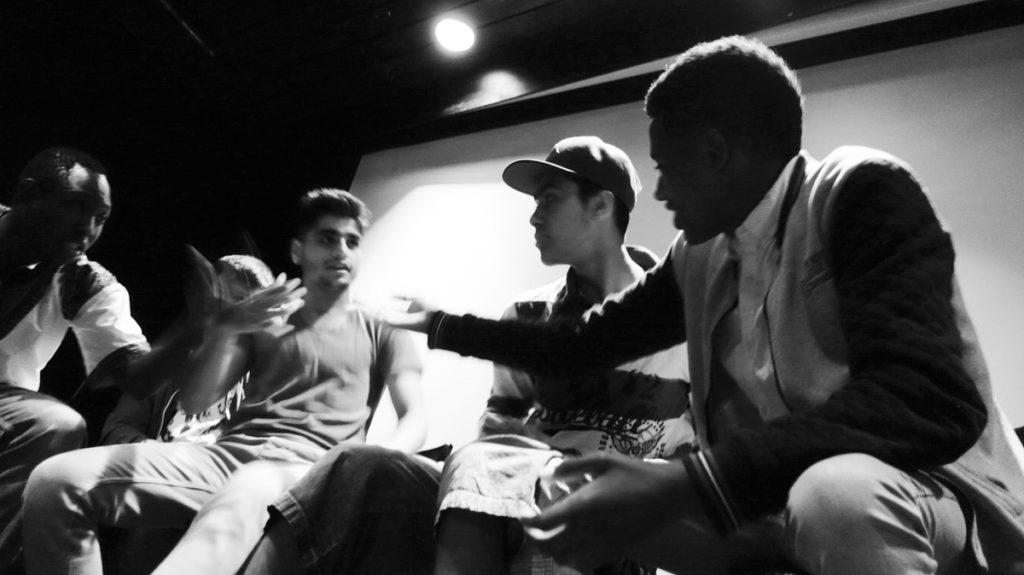
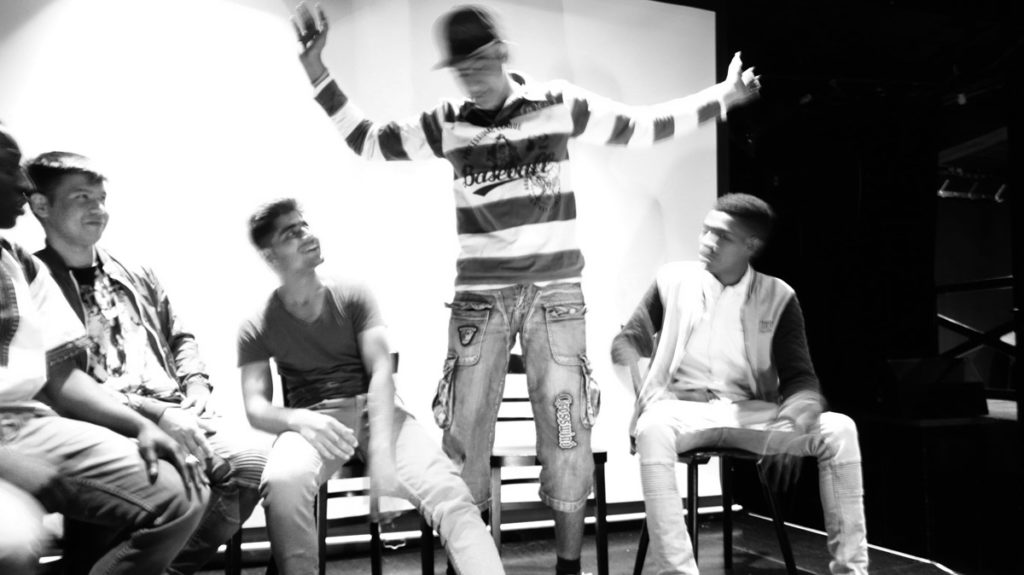
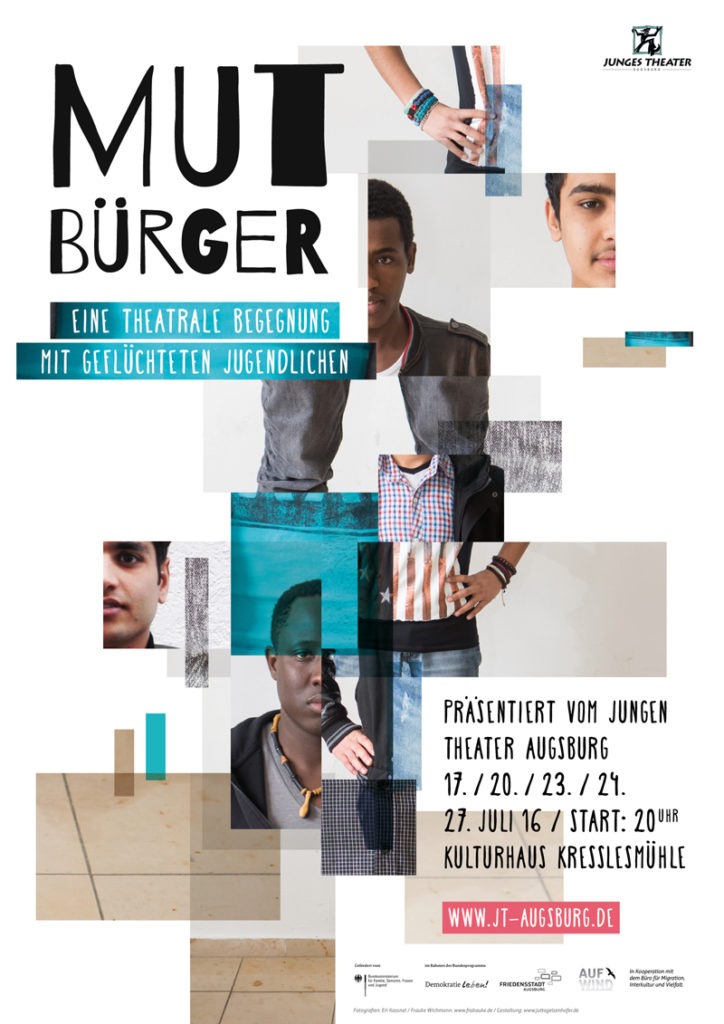
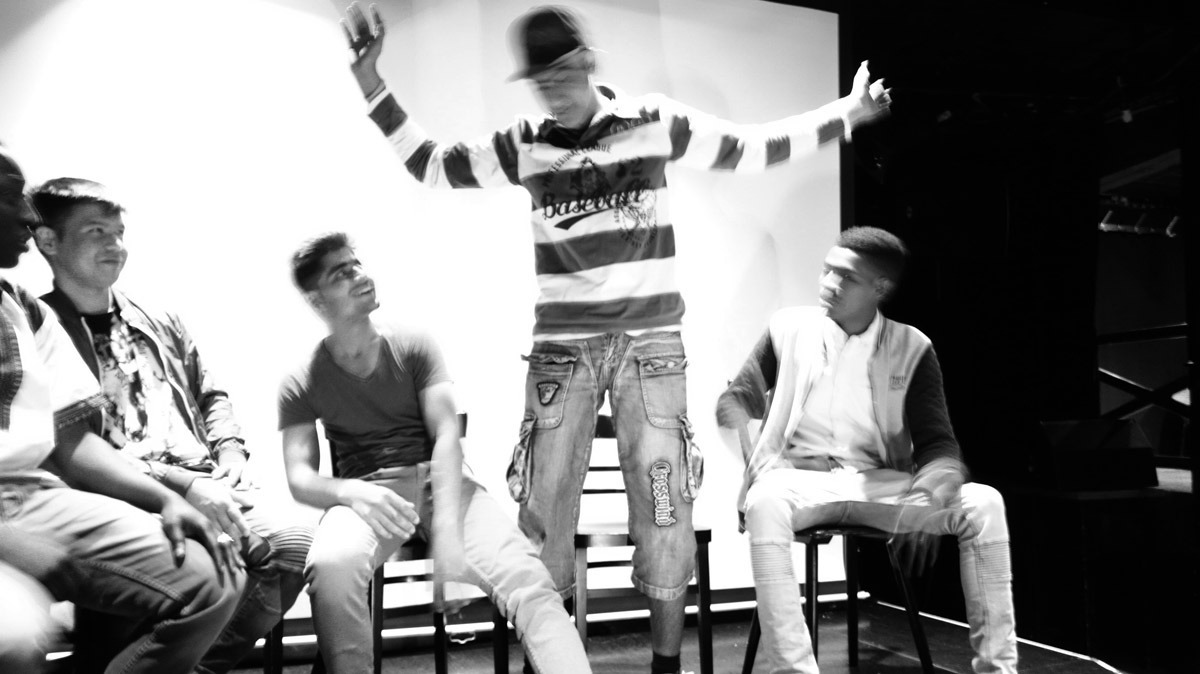
Junges Theater Augsburg, Kresslesmühle, Augsburg
Director: Susanne Reng
Assistant directors: Simone Zillhard, Ramadan Ali
Video & sound installations: EKH




Premiere 2.03.2018
Junges Theater Augsburg,
Studio Stage at the Kulturhaus Abraxas
Director: Susanne Reng
Video installations: EKH
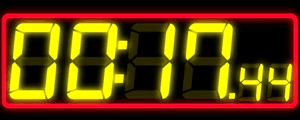

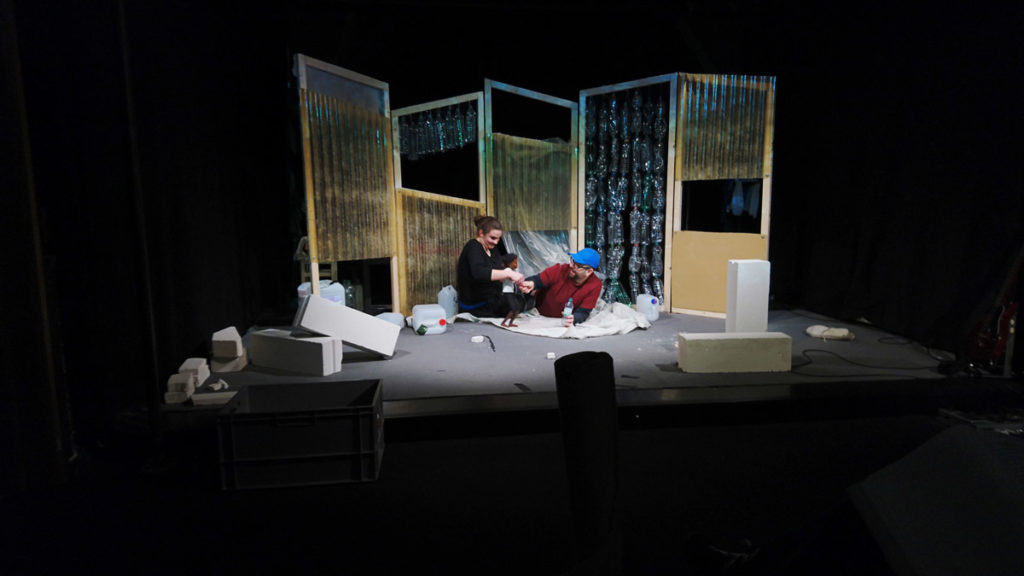
“Samia Yusuf Omar was a young Somali runner. Running was her great passion. She trained in the war-bombed and al-Shabaab militia-controlled capital, Mogadishu, despite all the obstacles in her way.
She made it to the 2008 Olympics, where she finished last. She desperately wanted to be back at the 2012 Olympics in London, but conditions in Somalia had worsened. In the meantime, the only possible way to live her dream was to flee. Samia drowned in the Mediterranean Sea off the coast of Lampedusa in the early summer of 2012.
The Junge Theater Augsburg tells of Samia’s love of running with the means of object and puppet theatre, supported by video projections and music.” ( https://www.jt-augsburg.de/samialaeuft )
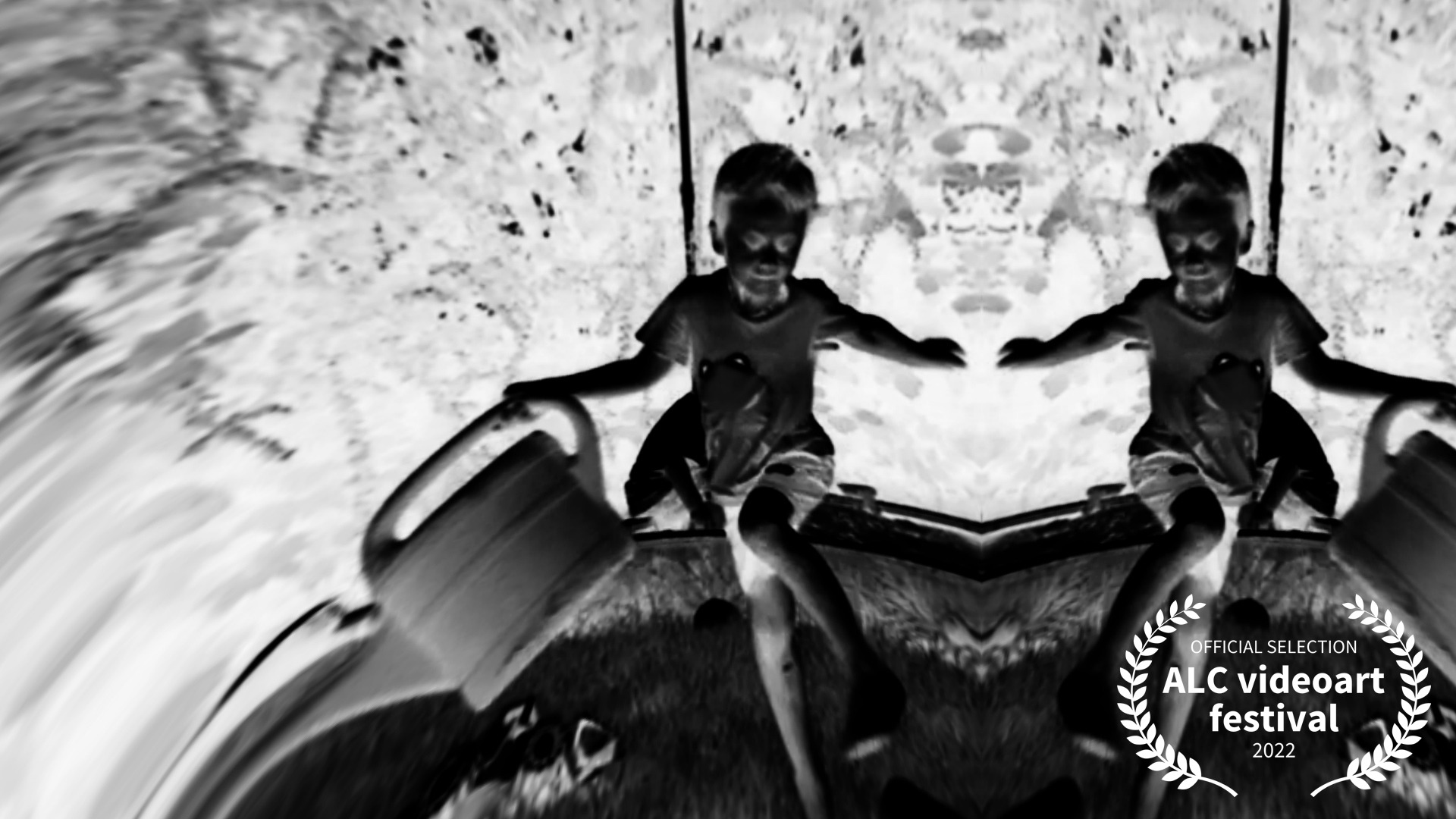
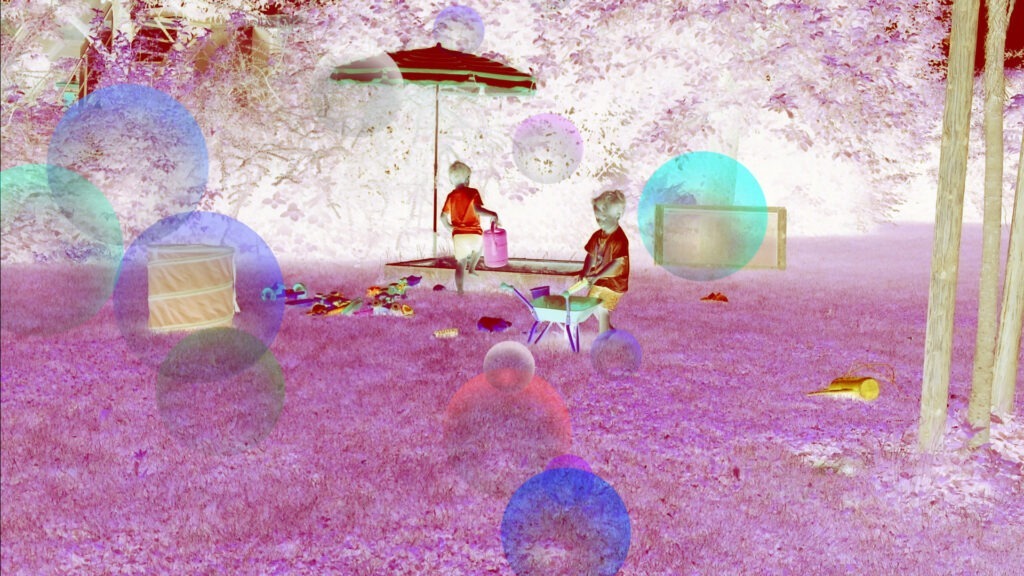
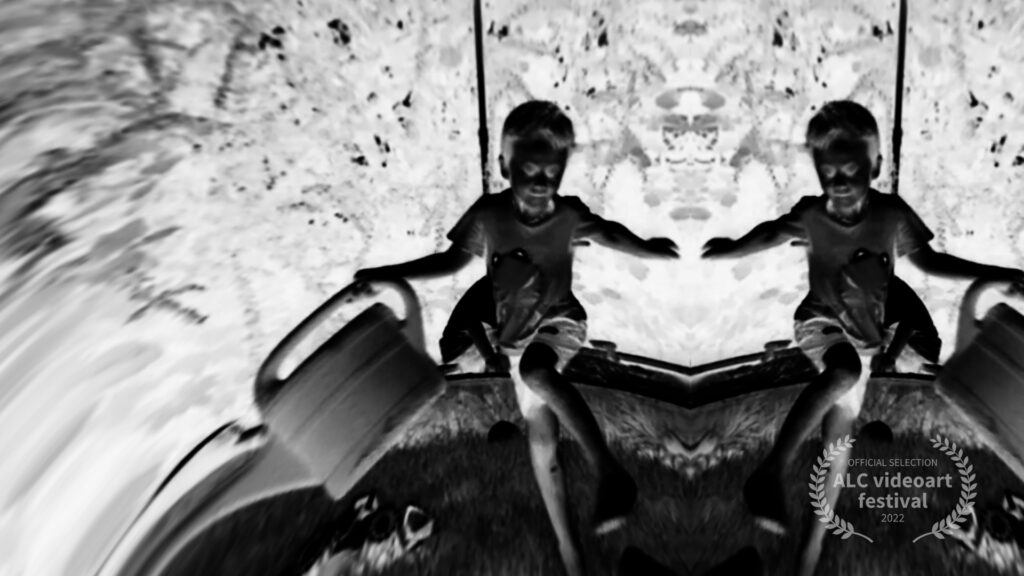
Reflecting on the myth of “motherhood”.
What does it mean to be a “good” mother?
Who defines the standard?
For centuries, the image of the mother has been shaped in every culture by religiously motivated ideals, of which Mary is the Western role model. She embodies male power fantasies of chastity, submissiveness, selflessness and unconditional loyalty – qualities that still shape the image of women in almost every patriarchal society today.
This image is fragile and increasingly beginning to dissolve. Women want to be self-determined.
But what does it mean to be a “good” mother?
Reflecting on the myth of “motherhood”…
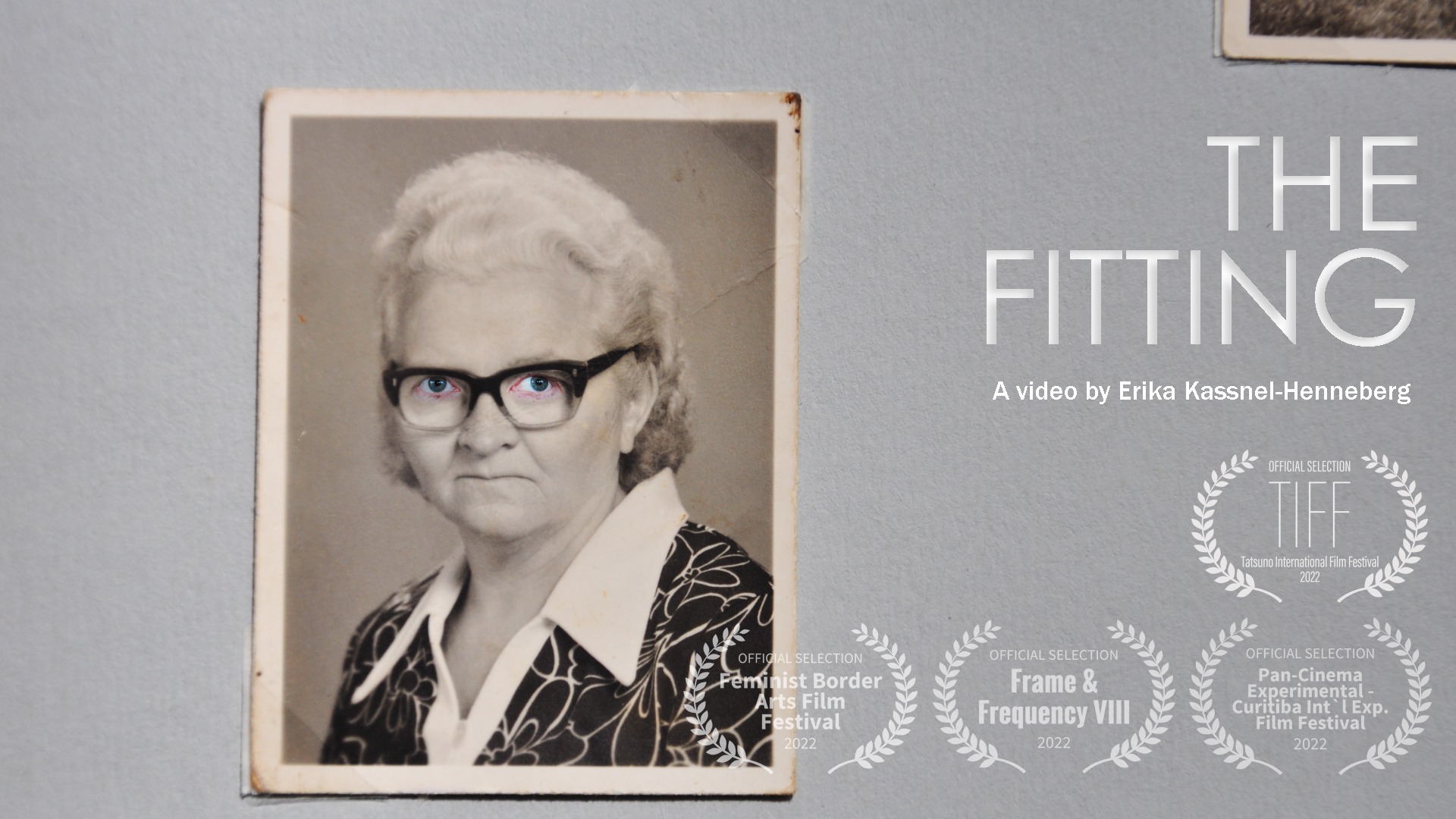
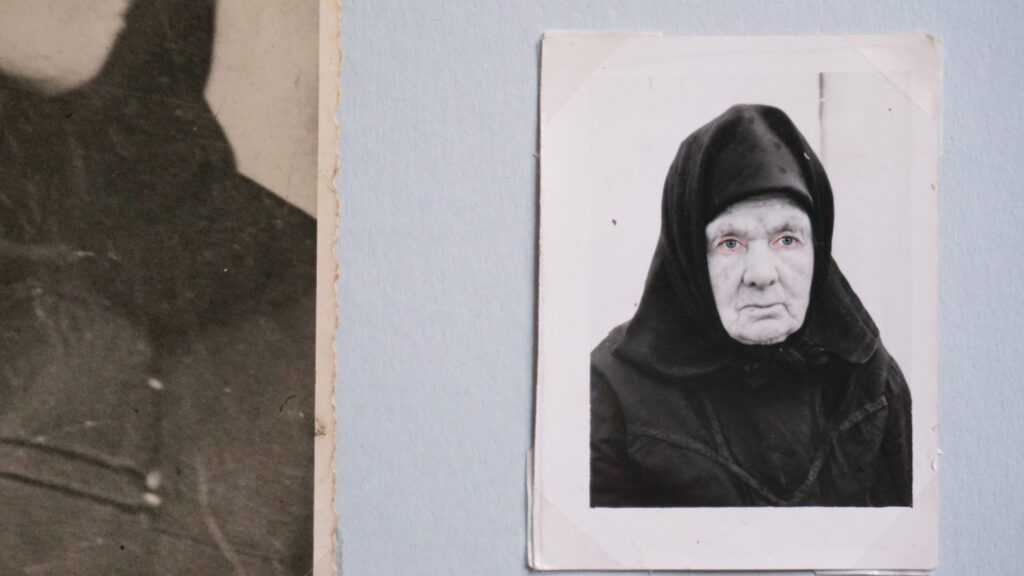

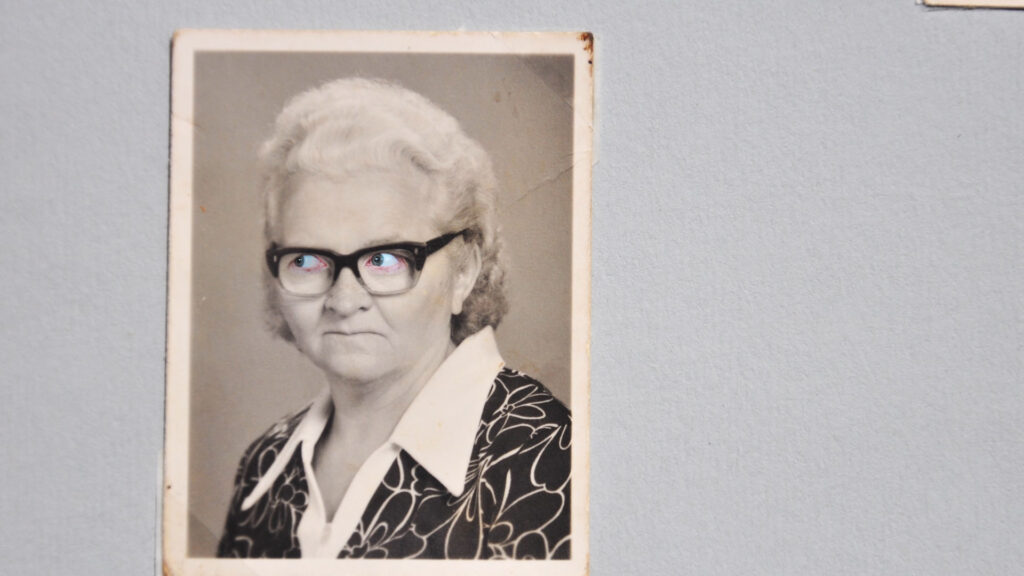
I try on different identities like I try on clothes. They are people I knew and whose story I continue as a “descendant”. Who am I and what have they made of me? Does a part of them live on in me? For the moment of this installation, they come alive again through me.

Theatre project Junges Theater Augsburg
Cemetary Göggingen Juli until August 2014
Direction: Susanne Reng
Videoinstallation: Erika Kassnel-Henneberg
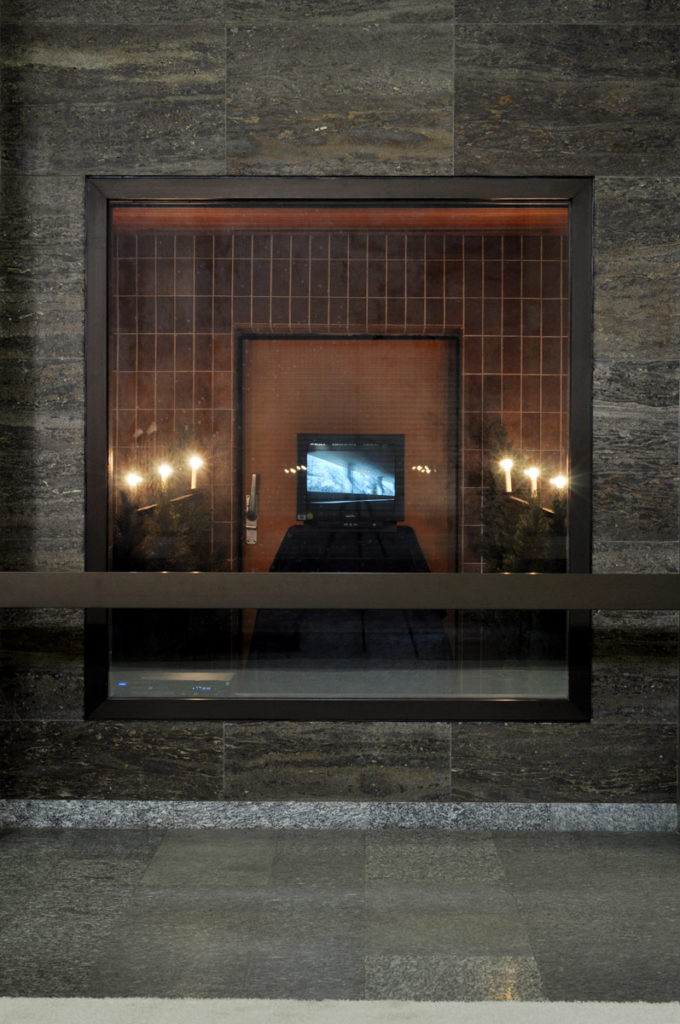
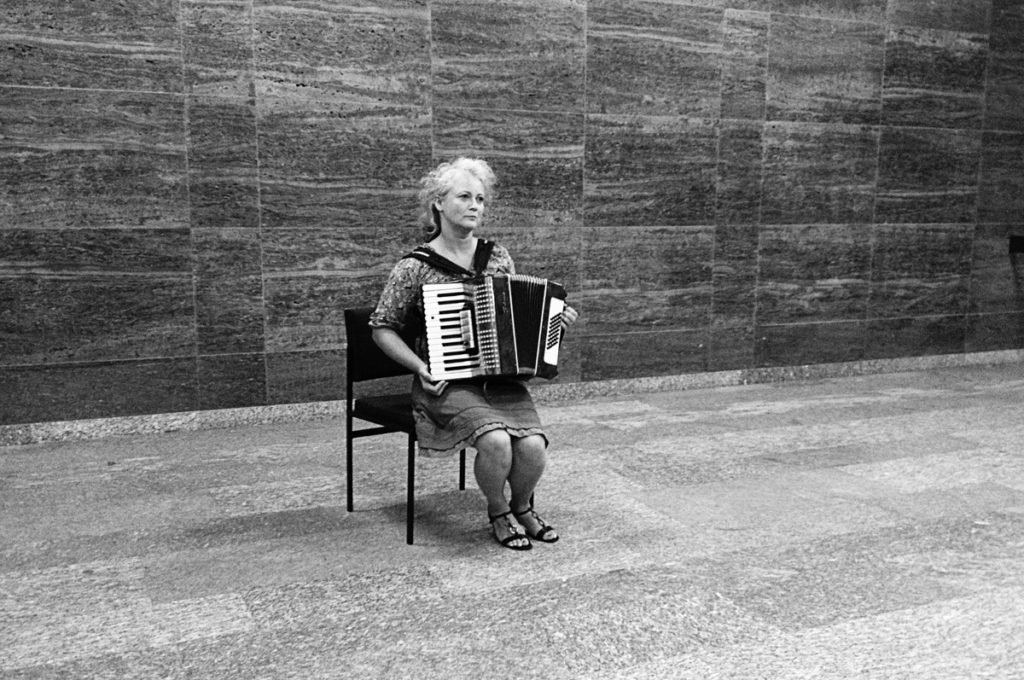
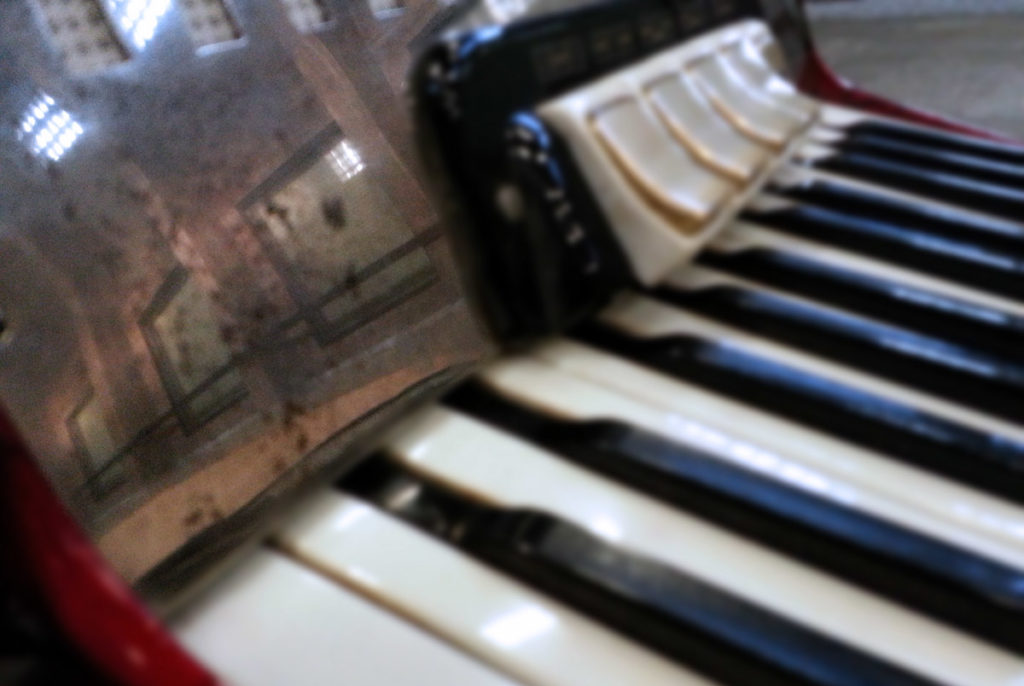

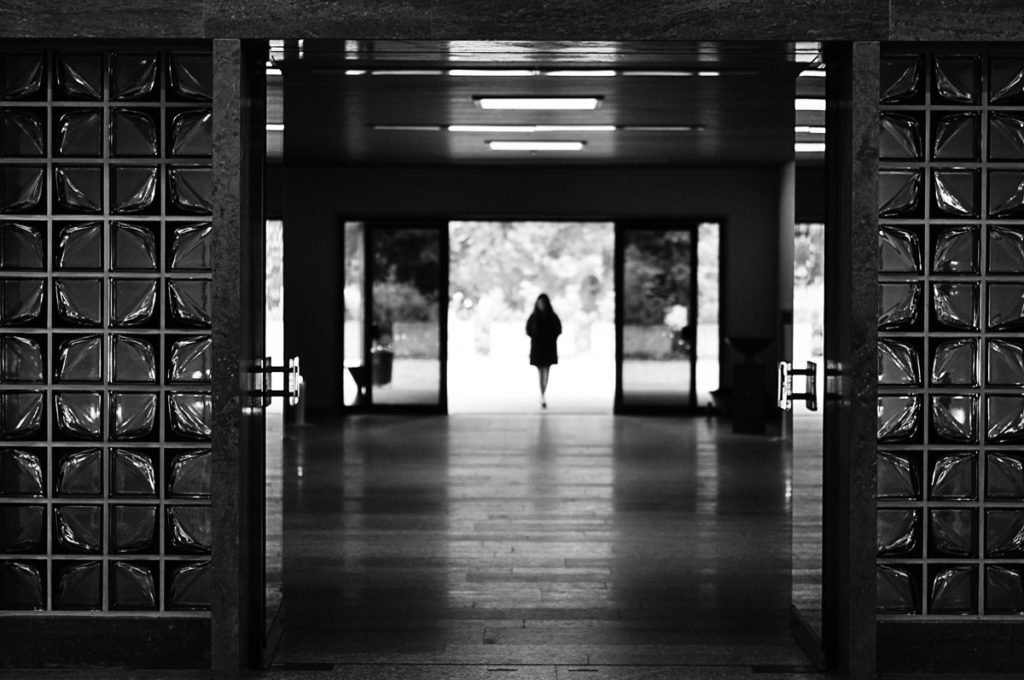

2013, Photo album, different papers, acryl, gaze, 34 x 21 x 6 cm,
An old family album is filled with personal spiritual connections to the past: letters, pictures, words…. It is an attempt to reconstruct the past with the means of the present. But how much truth is there in it? And how much utopia?
The greater the distance in time and place to the past, the more the truth is reduced to the essential – a metaphor about space and time, about home and childhood.
The headscarf is a symbol. It tells of femininity and oppression, of tradition and religion, of yesterday and tomorrow. The headscarf plays an important role in many societies. In fact, the black headscarf is the most striking thing I remember from my childhood as a member of the German minority in Romania. It was a visible sign of marriage and “Germanness”. The headscarf still accompanies me in my life today: socially, politically, personally.
This work is available as a physical object or video.
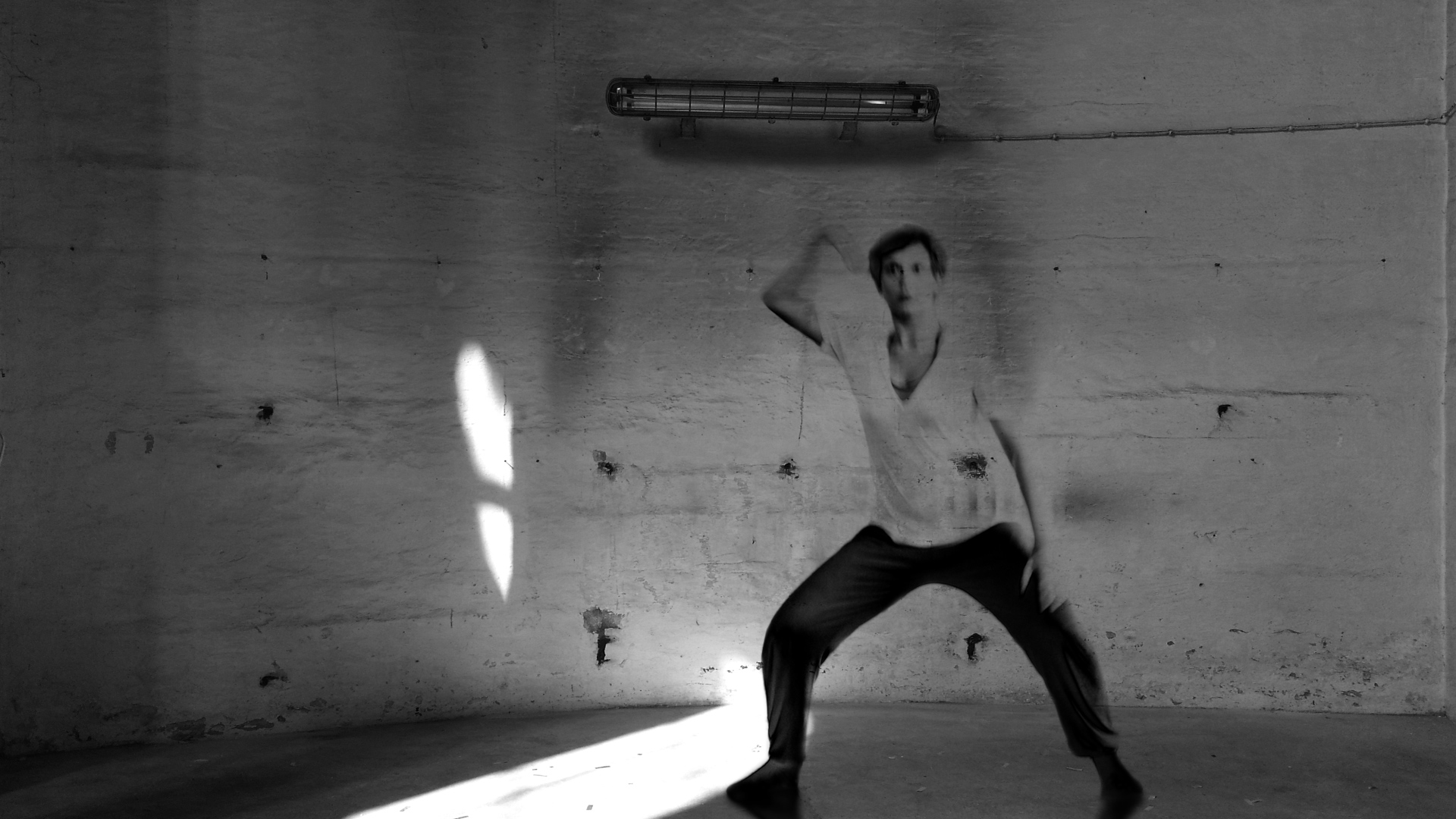
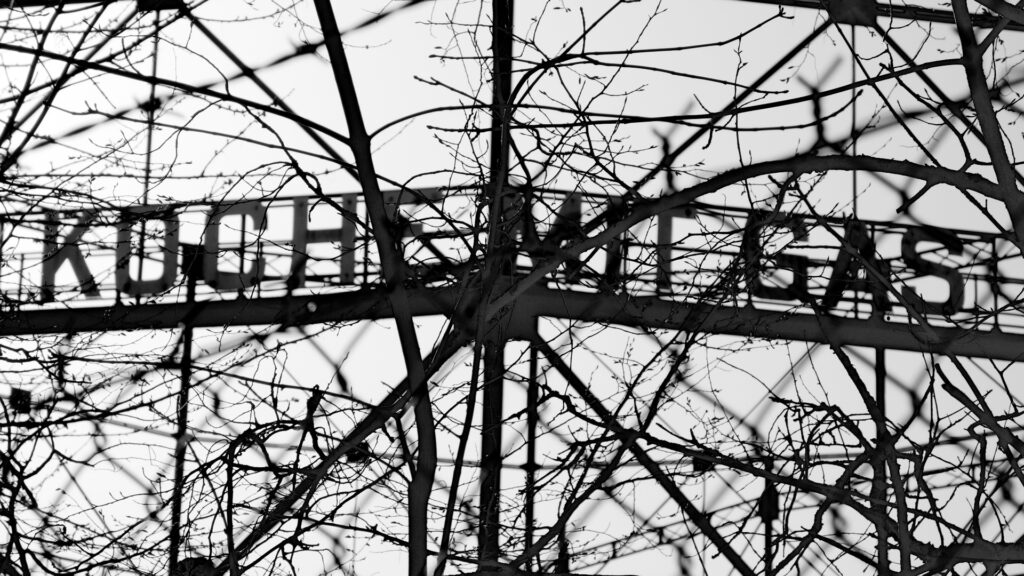
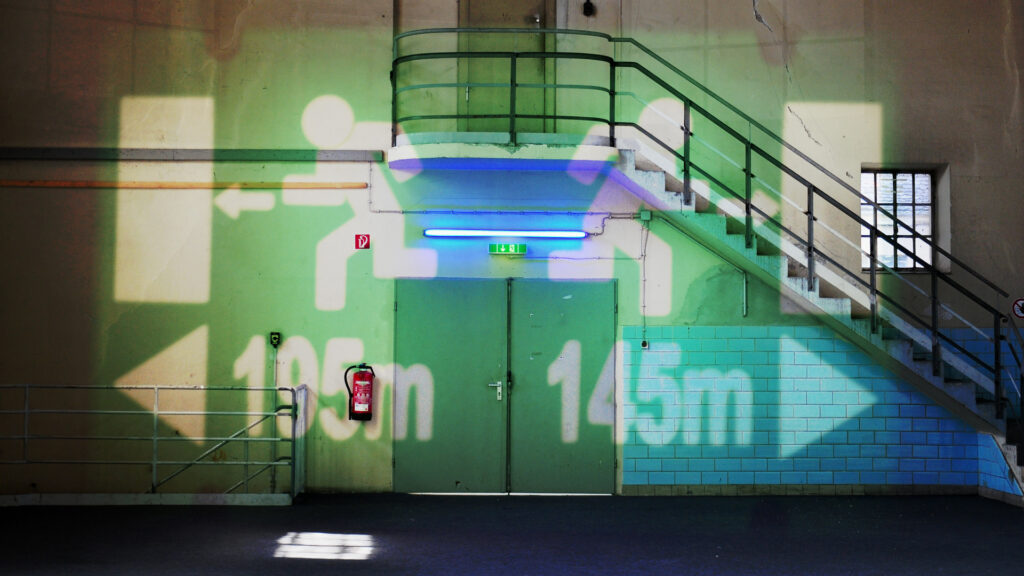
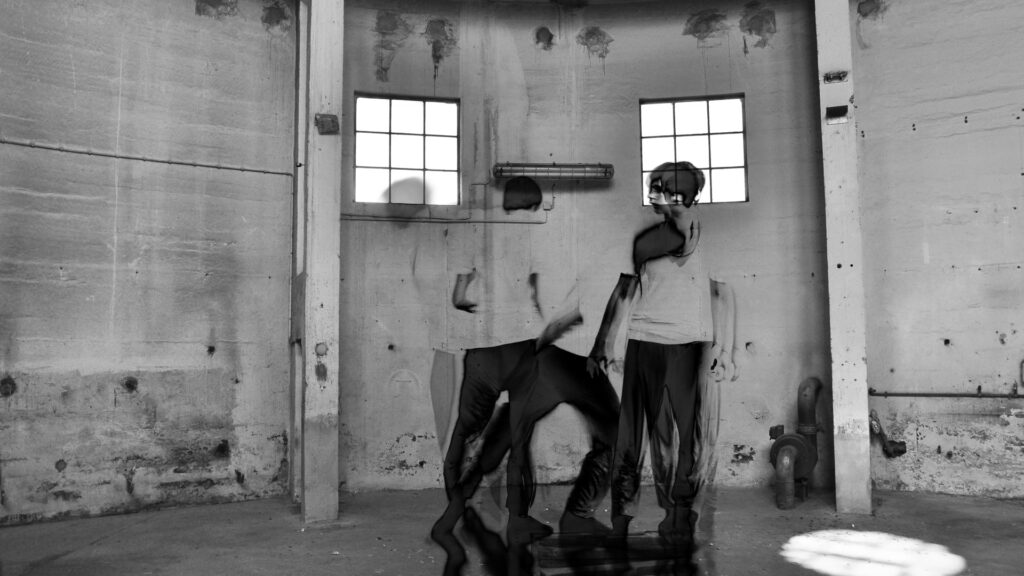
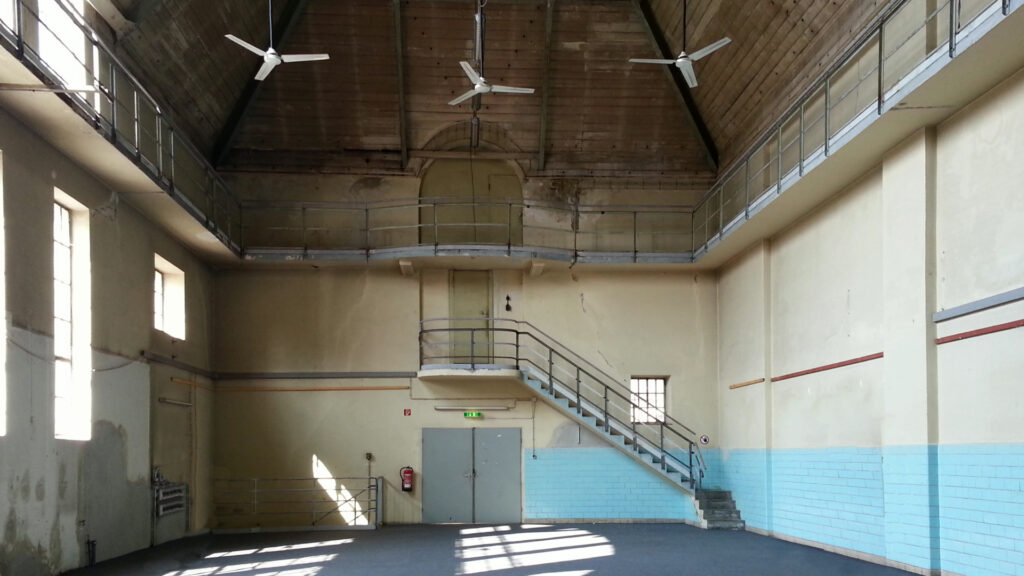

The video Postludium is an obituary for the former gasworks area in Augsburg/ Oberhausen. It shows a ghostlike dance in the empty rooms of the building especially of a historical disc-type gasometer, built in 1915, and another recent disc-type gasometer (“Gaskessel”). This work raises the question of whether a building has a memory and thus also an identity.
The sound piece “Echoes of Industry” is a production by Gerald Fiebig and Christian Z. Müller. It was recorded in the “Gaskessel”.
Dancer: Alessandra La Bella

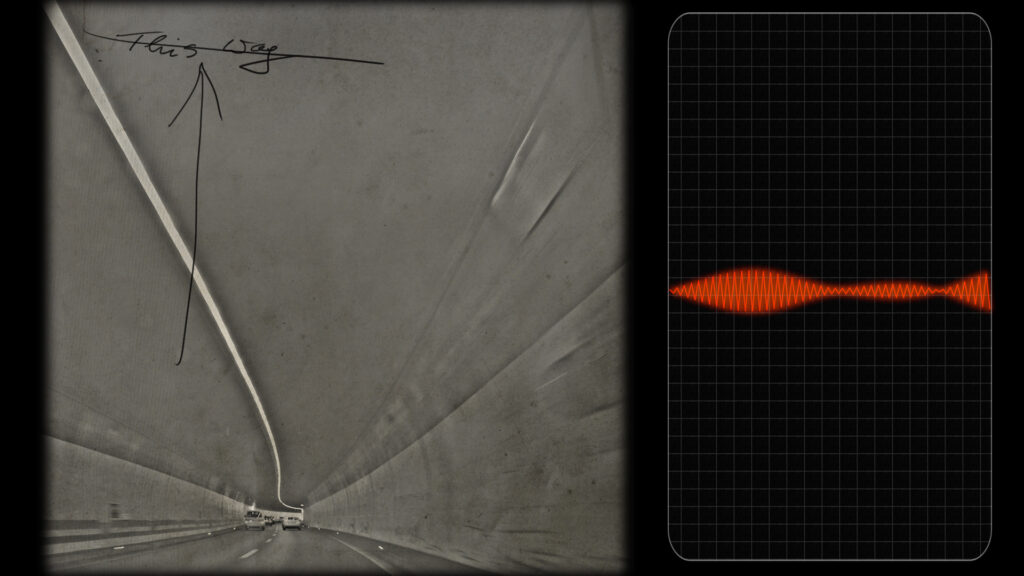
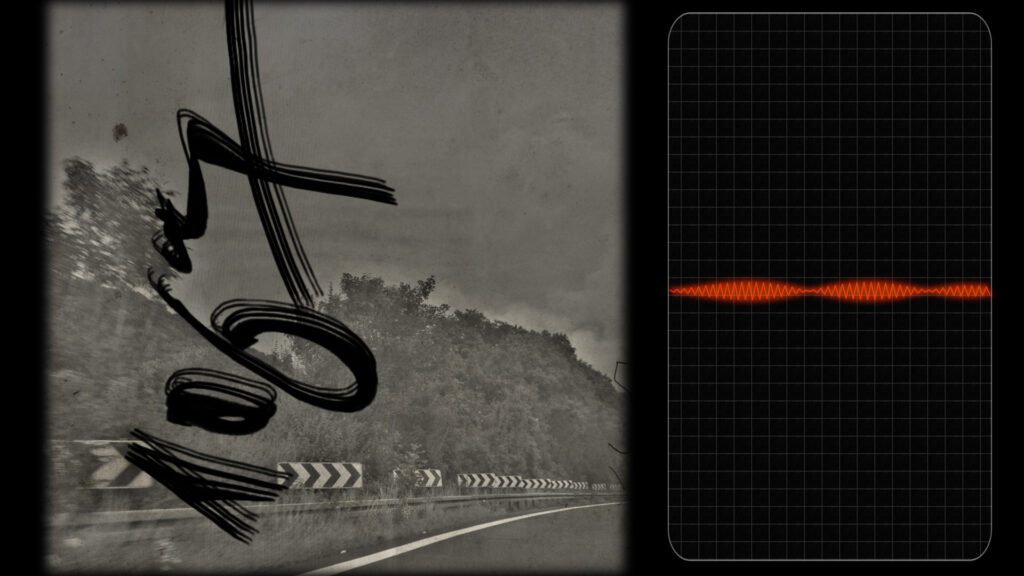
Besides the biblical paradise, there are many “paradises” such as childhood or home, which are located more in time than in space. The only way to return to these paradises is to remember. However, the process of remembering is exposed to different disorders. This process is comparable to looking for the right radio station that is disrupted by superimposed frequencies or static noises. Likewise, we do not always have access to our memory due to our current physical or mental state. What remains is a vague image that requires a great deal of interpretation.

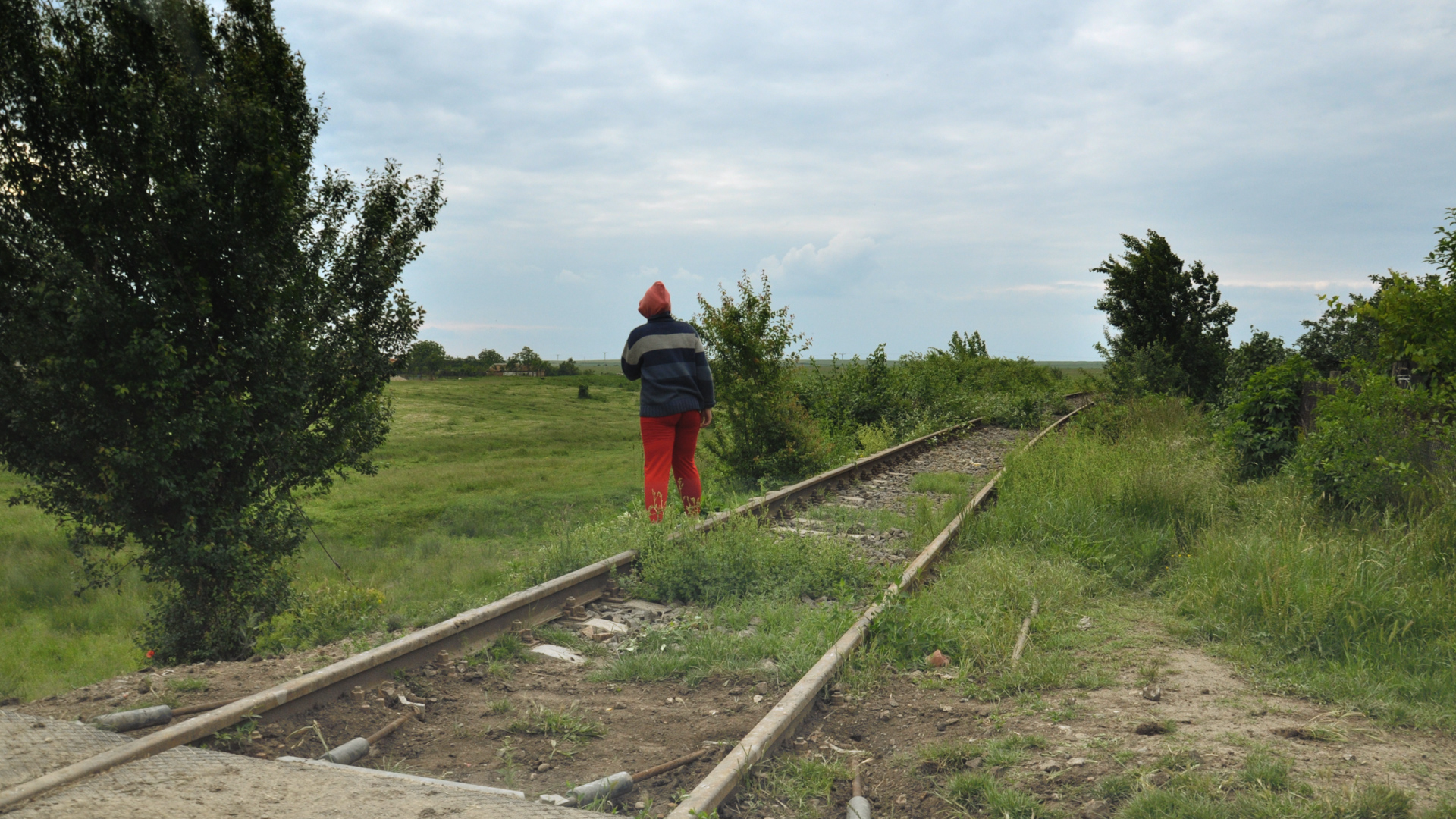

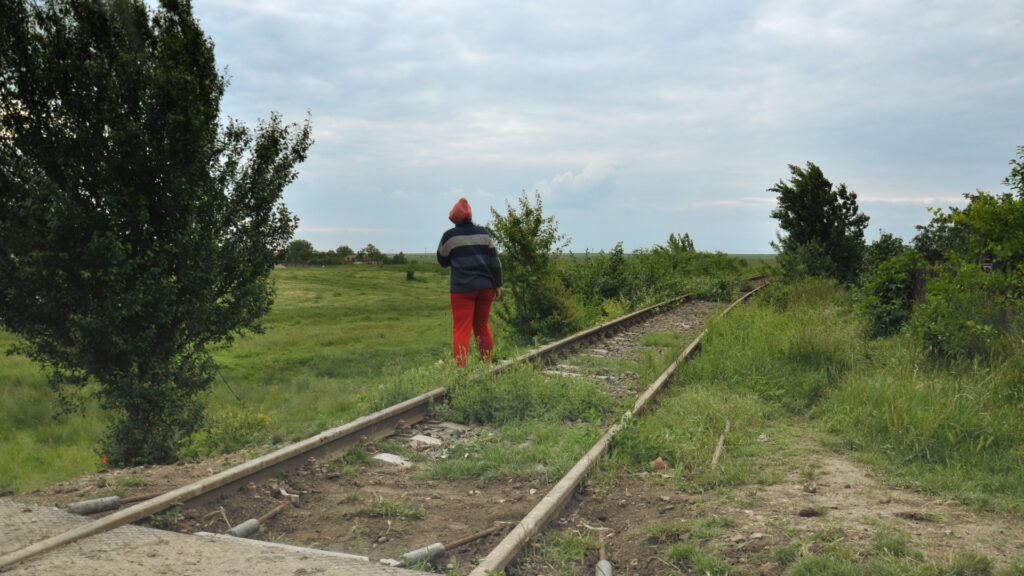
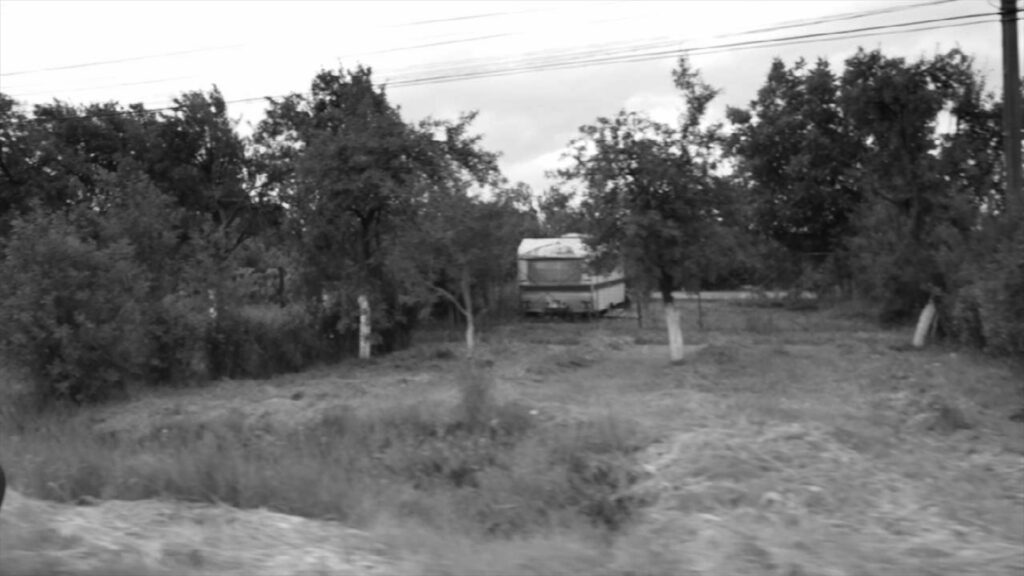
We are the narrative of our own memory and the memory of others about us. Perhaps this is why I loved listening to my father (1932 – 2020) tell me about his childhood – a childhood that, despite hunger and war, he always described in wonderful images. The temporal context is the Second World War, culturally we are in the midst of the community of the Banater Swabians, a German minority in Romania.
In 2014, I decided to record his stories – on the one hand, because I wanted to capture this shared moment; and on the other hand, because his stories are not only documents of time, but also tell something about myself. The interviews are accompanied by my own photographs and video clips from contemporary Romania (2015).
The work “Garden of Eden” is about home as utopia, about childhood as a lost paradise, and about identity fed by narratives.
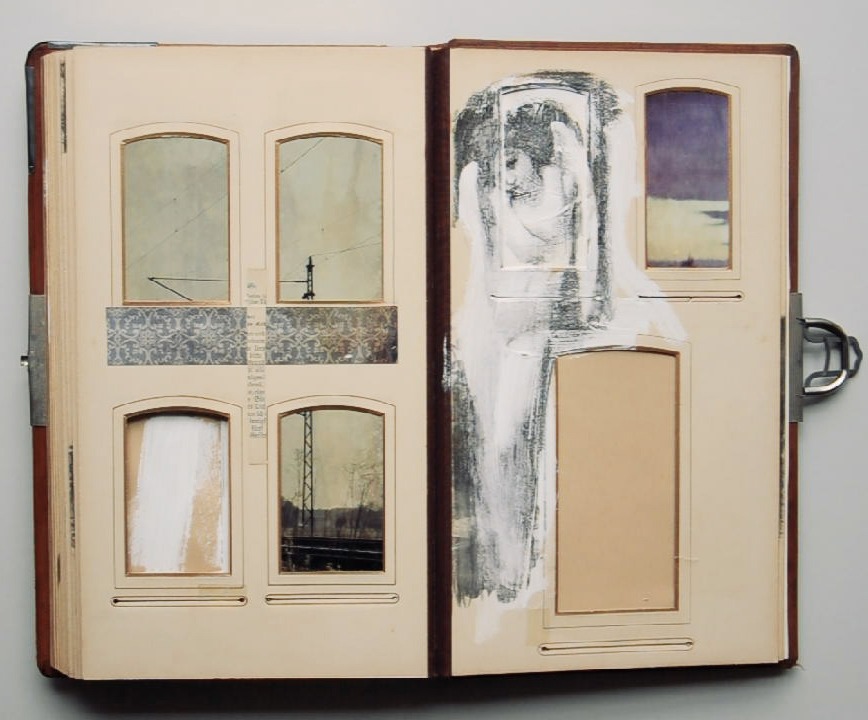
2014, collage, frottage, photo album, photographs, acrylic paint, various papers, wax, 34 x 21 x 6 cm
The photo album is a metaphor of doubting one’s own existence – a documentation of traces that becomes worthless when no one remembers the stories behind the pictures. I bought this photo album at the flea market and re-stocked it – an archive of traces with stories that open up to each viewer in their own way.
This work is available as a physical object or video.